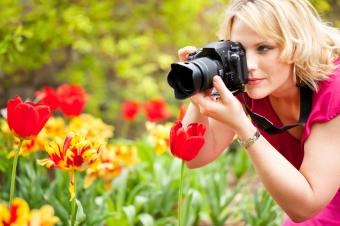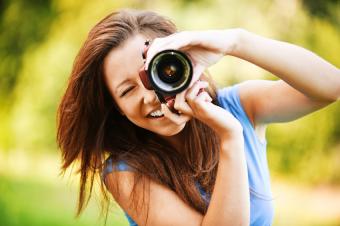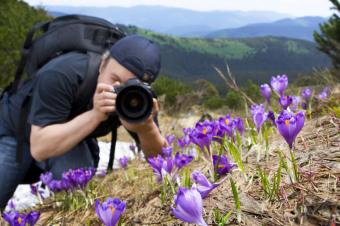Exposure and lighting are a huge part of capturing the exact image you want. It is important to learn both natural and studio lighting to be prepared in all situations. Know the basics, but remember that light meters are your friend. Without one of these you'll have a tough time getting the correct exposure. Get one and learn how to use it well.
Adding light is sometimes essential. A wider source of light softens harsh lines and lessens shadows, while a direct, narrow source of light creates shadows and sharp lines. If you are taking a portrait and want to soften the look, place your subject near a large window that is not directly in the sunlight or create a softbox with filtered lights. On the other hand, if you want shadows or a very sharp contrast, place a bright light directly on the subject.
It is also important to know what settings to use in different light sources. Even though a light meter is helpful, there may be an occasion where you want a different effect. For dark rooms increase the ISO setting, but remember that this will impact how large you can blow the picture up and still have a sharp image. Also open the aperture as wide as possible to allow more light into the camera. Reverse the process for photos taken in bright light.



















